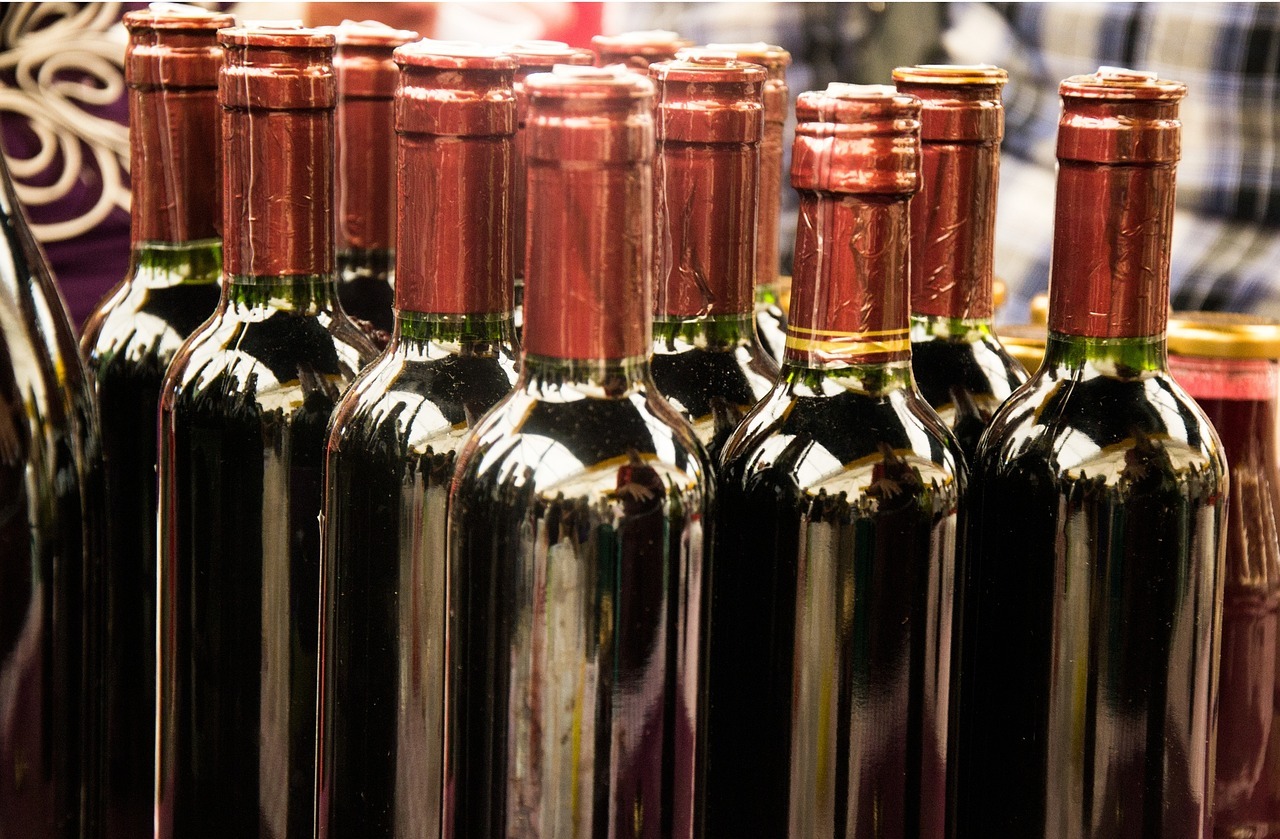In the ever-evolving landscape of marketing, businesses are continually seeking innovative ways to engage with consumers and enhance their experiences. One such groundbreaking tool that has emerged is the use of QR codes for wine marketing. This modern approach has paved the way for wineries and vineyards to connect with wine enthusiasts on a whole new level.
Understanding QR Codes for Wine Marketing
What Are QR Codes?
QR codes, or Quick Response codes, are two-dimensional barcodes that store information in a visually readable format. They gained popularity due to their ability to be scanned quickly by smartphones and other devices equipped with cameras. Initially used for tracking inventory in the automotive industry, QR codes have now found their way into various sectors, including marketing.
The Rise of QR Codes in Wine Marketing
Wine marketing has traditionally relied on conventional methods such as label design, advertising, and word-of-mouth. However, the integration of QR codes has breathed new life into this age-old industry. By incorporating these codes into their marketing strategies, wineries can bridge the gap between the physical and digital worlds, providing consumers with instant access to a wealth of information and experiences.
Benefits of Utilizing QR Codes in Wine Marketing
Enhanced Consumer Engagement
QR codes offer a direct and interactive channel for consumers to engage with a brand. When placed on wine labels or marketing materials, they provide a gateway to a plethora of digital content, including tasting notes, food pairings, virtual tours, and more. This engagement not only educates consumers but also fosters a deeper connection with the brand.
Tracking and Analytics
Integrating QR codes into wine marketing allows businesses to gather valuable data on consumer behavior. Wineries can track the number of scans, locations, and times of day the codes are accessed. This data offers insights into consumer preferences, helping wineries tailor their marketing strategies and offerings accordingly.
Cost-Effective Solution
Compared to traditional marketing campaigns, implementing QR codes is a cost-effective approach. Printing QR codes on labels or promotional materials requires minimal investment, while the potential reach and engagement they offer are substantial.
Creative Applications of QR Codes in Wine Marketing
Virtual Wine Tasting Experiences
QR codes enable wineries to host virtual wine tasting sessions, transcending geographical boundaries. Enthusiasts can scan the code to access live-streamed or pre-recorded tasting events, immersing themselves in the world of wine from the comfort of their homes.
Storytelling and Branding
Wine marketing is as much about storytelling as it is about the product itself. QR codes can link to captivating videos that narrate the winery’s history, winemaking process, and the passionate individuals behind the scenes. This personalized approach fosters a stronger emotional connection between consumers and the brand.
Exclusive Offers and Loyalty Programs
Rewarding customer loyalty is essential for any business. QR codes can grant access to exclusive offers, discounts, or loyalty programs, encouraging repeat purchases and building a dedicated customer base.
The Future of QR Codes in Wine Marketing
The incorporation of QR codes into wine marketing is just the beginning. As technology advances, the possibilities for enhancing consumer experiences and streamlining marketing efforts continue to grow. Here are a few potential future developments:
Augmented Reality (AR) Enhancements
QR codes could facilitate immersive AR experiences, allowing consumers to virtually explore vineyards, witness the winemaking process, and even visualize how a particular wine complements different dishes.
Personalized Recommendations
Utilizing QR codes alongside artificial intelligence could lead to personalized wine recommendations based on individual preferences and purchase history, creating a tailor-made shopping experience.
Sustainability and Transparency
QR codes might be used to share information about a wine’s sustainability practices, carbon footprint, and supply chain transparency, catering to environmentally conscious consumers.
In conclusion, the integration of QR codes into wine marketing marks a transformative shift in how wineries engage with consumers. This innovative approach not only enhances consumer experiences but also opens doors to a wide array of creative marketing possibilities. As the technology continues to evolve, the future of QR codes in wine marketing looks promising, promising to reshape the industry in profound ways.

